Signed in red Escalier de Cristal Paris
Beautiful planter in gilded and painted porcelain. The rounded belly with a platinum background is decorated with forget-me-nots, surmounted by an openwork border centered on each side by a ribboned medallion decorated with a pair of doves among roses. Decorated with two foliage handles, it rests on four scrolling feet.
It is probably a planter made for a wedding, as shown by the pairs of doves and forget-me-nots, a symbol of fidelity and eternal love.
The hollow mark indicates that this planter was made by the Ardant Manufacture, a porcelain factory founded by Henri Ardant and active between 1858 and 1883 in the Limoges region.
Biography :
“L’Escalier de Cristal”, an old and famous Parisian firm, specialized in glass products and ceramics but also suggested furniture and bronze sculptures. It was led from 1885 to 1923 by Emile Pannier’s sons, who gave the name of Pannier Frères to the society, located at the corner of Scribe street and Auber street, next to the new built Paris Opera house. Their Japanese style creations were among many others much appreciated by the critics and the public. They were awarded many medals at various exhibitions, such as the Gold medal at the 1900 Paris Universal Exhibition.
Lots of artists participated in that world success, such as Emile Gallé, who gave to Pannier Frères the exclusive rights of some of his models, or François-Eugène Rousseau, who designed many vases and gave the model of his successful Japanese style dining-set as well. This set was made by the Creil et Montereau Manufacture. In the Japanese style furniture branch, many famous makers such as Majorelle from Nancy, Edouard Lièvre or Gabriel Viardot worked for Pannier Frères. Some pieces are to be seen in the greatest museums: the Ermitage in Saint-Petersburg, the Orsay Museum in Paris, the Corning Museum of Glass in New York.
The Maison “L’Escalier de Cristal” was sometimes the exclusive owner of the models and then those pieces were just signed by “L’Escalier de Cristal” or sometimes beside the artist signature. But “L’Escalier de Cristal” was also very creative, completing pieces with superb gilded bronzes, glass or enameled panels and often including authentic Japanese or Chinese elements.






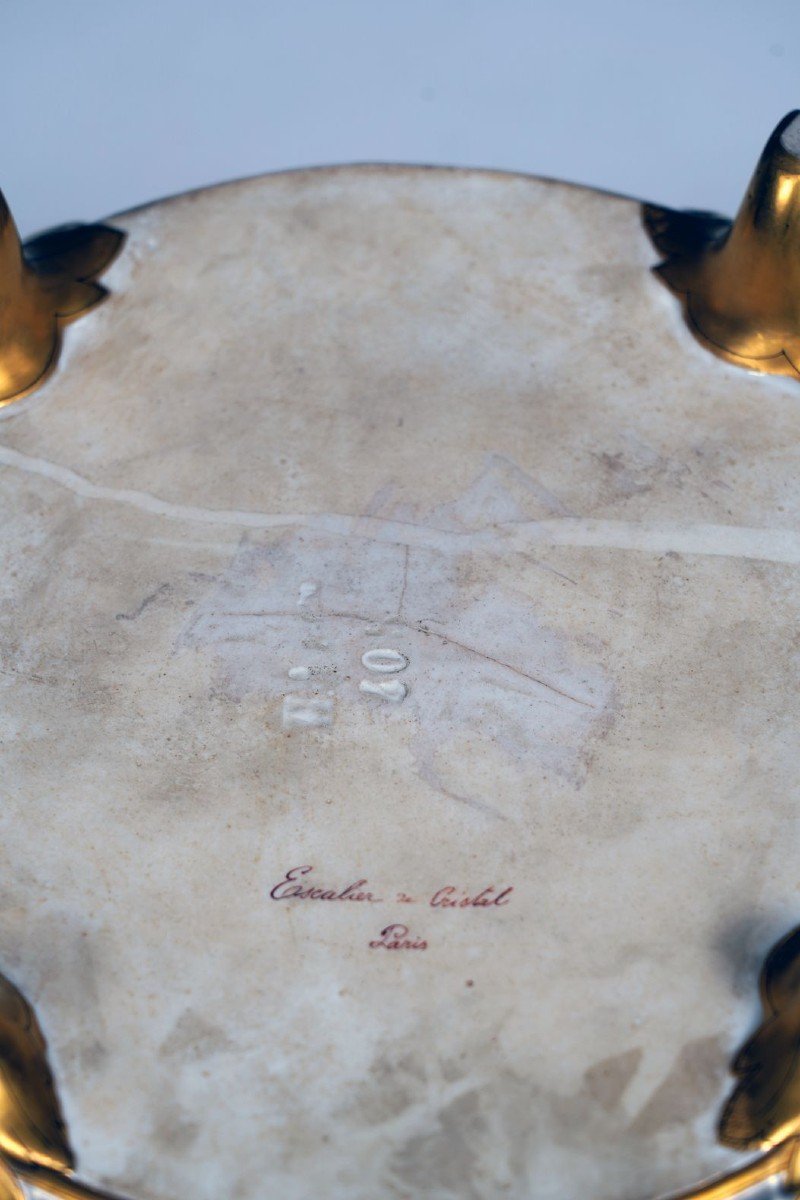












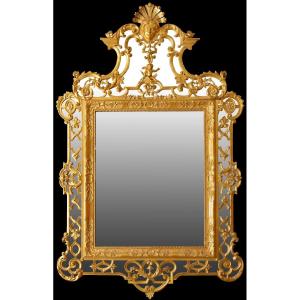

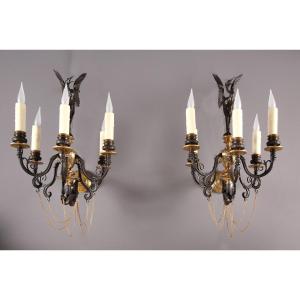

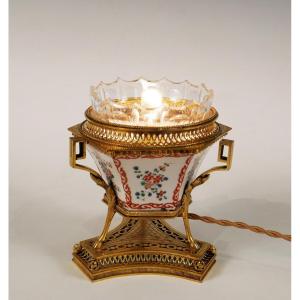










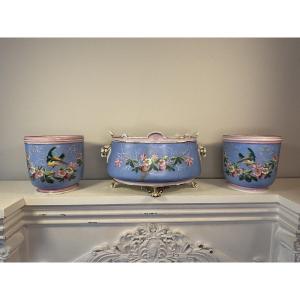







 Le Magazine de PROANTIC
Le Magazine de PROANTIC TRÉSORS Magazine
TRÉSORS Magazine Rivista Artiquariato
Rivista Artiquariato